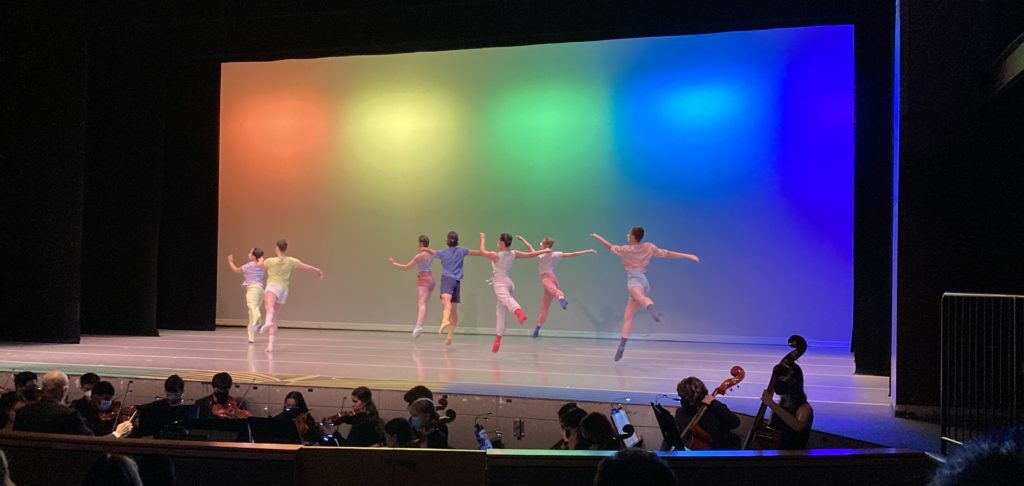RULES FOR YOUNG CONDUCTORS
by Pierre Monteux
EIGHT “MUSTS”
- Stand straight, even if you are tall.
- Never bend, even for a pianissimo. The effect is too obvious behind.
- Be always dignified from the time you come on stage.
- Always conduct with a baton, so the players far from you can see your beat.
- Know your score perfectly.
- Never conduct for the audience.
- Always mark the first beat of each measure very neatly, so the players who are counting and not playing know where you are.
- Always in a two-beat measure, beat the second beat higher than the first. For a four-beat bar, beat the fourth higher.
TWELVE “DON’TS”
- Don’t overconduct; don’t make unnecessary movements or gestures.
- Don’t fail to make music; don’t allow music to stagnate. Don’t neglect any phrase or overlook its integral part in the complete work.
- Don’t adhere pedantically to metronomic time — vary the tempo according to the subject or phrase and give each its own character.
- Don’t permit the orchestra to play always a boresome mezzo-forte.
- Don’t conduct without a baton; don’t bend over while conducting.
- Don’t conduct solo instruments in solo passages; don’t worry or annoy sections or players by looking intently at them in “ticklish” passages.
- Don’t forget to cue players or sections that have had long rests, even though the part is seemingly an unimportant inner voice.
- Don’t come before the orchestra if you have not mastered the score; don’t practice or learn the score “on the orchestra.”
- Don’t stop the orchestra if you have nothing to say; don’t speak too softly to the orchestra, or only to the first stands.
- Don’t stop for obviously accidental wrong notes.
- Don’t sacrifice ensemble in an effort for meticulous beating — don’t hold sections back in technical passages where the urge comes to go forward.
- Don’t be disrespectful to your players (no swearing); don’t forget individuals’ rights as persons; don’t undervalue the members of the orchestra simply because they are “cogs” in the “wheels.”

